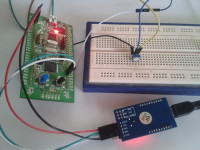How to manage your expenses effectively

If you are an individual, small business, or a large corporation, your success and effectiveness depend on how you manage your money flow. If you can’t tell by looks at it which part of your business is ineffective, then you can’t do anything to improve. The more people are involved in your organization, the worse it can get. So you need to manage employees, their expenses, and time sheets effectively. It is best to leave automated tasks for software. Expense On Demand (EOD) solutions have been used for several years and have proven their efficiency. Modern Expense On-Demand software solutions monitor money-based expenses and other nondirect expenses like vehicle mileage, travel bookings, timesheets, and more. For instance, you should be able to check each car’s claimed mileage. This would allow to reduce detours or simply track down nonefficient cars. An integrated time-sheet system enables tracking employees’ working hours that can be further approved for payment. As web (cloud) based system, it can be linked with card payments data.






